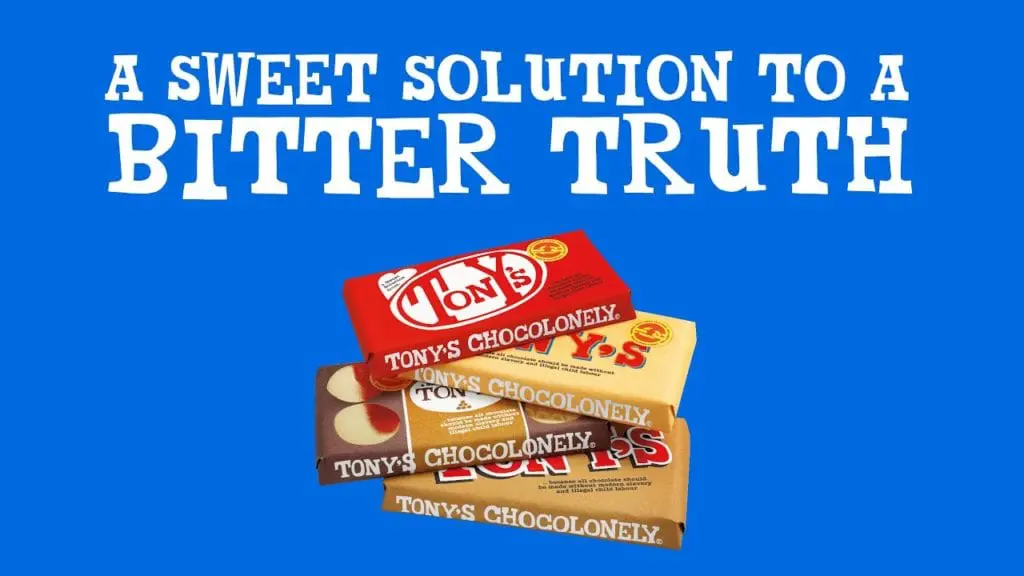An analysis of how leading businesses make an impact for the better
Board of Innovation invited Melanie from Big Tree Global for the second in a series of Impact Talks, discussing what it takes for corporations to have a positive influence on the world in which they operate. We zoomed in on leading companies around the globe that are building a better world today, to find out about their secrets and best practices.
Buckle up, read the key learnings from the session and find out how your company can benefit from the teachings of positive-impact innovators around the world.
How to actually fix the problem you’re tackling
Many corporations set up and launch social initiatives, driven by the desire to do good and create change. The key question behind every initiative is – or should be: what is effective? Which intervention works, and what effects will it have on the daily lives of those we are trying to support?
To find the right answer to these questions, you first have to really understand the problem you’re trying to tackle and how you can actually fix it.
The pitfalls of trying to do good
Before looking at how it can be done, let’s focus on where it might go wrong. It can be difficult to prioritize decisions. When should you put sustainability before shareholder return, and vice versa? Another question might be: how do you move past just remedying the symptoms?
For example, handing out free products might do more harm than good in the long-term. Think about the second-hand clothing donations to Nigeria, which ultimately caused half a million textile workers to lose their jobs. Good intentions don’t always have the effect you’re hoping for.
5 key insights from businesses leading the way in impact
Ok, take a closer look at what the best role for businesses might be. Are there any key success factors we can learn from, to avoid repeating past mistakes and do better in the future? Which factors set exemplary impact strategies apart from the many less successful ones?
1. Fixing the root cause
he businesses that do well are more concerned with fixing the root cause than fixing the symptoms of the problem. Let’s look at the Buy One Give One model. Let’s say you give a pair of shoes to people in need for every pair bought by your customers. What happens next? Which problem has fundamentally been solved?
Now let’s consider Sole Rebels, Africa’s fastest growing shoe brand. Its leadership decided to take a different route. They set up manufacturing facilities and pay workers fair wages, allowing parents to buy shoes for their kids if they need them – but also to decide to buy food, antibiotics or other supplies if that’s what’s most needed in their life.
This approach is aimed at tackling poverty by improving livelihoods, but it has an impact on several other Sustainable Development Goals: eradicating child slavery, reducing hunger, promoting access to education, access to better farming tools, etc. It’s an emancipatory approach with a broader and more sustainable impact on the root cause of the problem.
2. Put justice before charity

Nelson Mandela once said: “Overcoming poverty is not a task of charity, it’s an act of justice”. So, what does that mean for businesses?
First, you’ll need to value and reward all contributions fairly, creating value for all stakeholders. The fair wages paid to cocoa farmers by Tony’s Chocolonely comes to mind here, as do certain employee ownership models that are on the rise.
Second, you’ll need to offer equal opportunity. That means making accessibility and inclusivity decisions that benefit disadvantaged communities and regions. Coca-Cola provides opportunities specifically for women throughout their global production chain, while TOMS Shoes has opened production facilities in areas that are most in need of economic development.
Third, you simply do no harm, by creating and implementing a sustainable and circular business model. Patagonia’s work-life balance policies and durable clothing are an example, as is Triodos Bank’s policy to only finance projects providing social, cultural or environmental benefits.
3. Distinguishing between good and bad profit drivers…

Profit maximization is a powerful driver for businesses, but sometimes increasing revenue can be harmful. But how do you draw the line?
Cutting costs might inflict harm on people and the planet, while powerplays in supply chains can negatively impact employees and the environment– as can bad design choices.
The As-A-Service approach on the rise across all industries might offer a solution. Schiphol Airport, for example, decided that it didn’t want to buy lightbulbs anymore. Instead, it agreed on a light-as-a-service framework with Phillips, its original supplier. Today, all the lightbulbs and the energy used at the airport are Phillips’ responsibility, driving the company to produce more energy-efficient solutions, with replaceable parts and longer lifespans.
4. …and focusing on the good profit drivers
The example above shows how good profit drivers can boost your company growth, by cutting out unnecessary costs, offering a strong value proposition, operating effectively and efficiently, and delivering impact to the customer.
That’s genius, right? Indeed, research from Harvard has shown that what makes a genius is the ability to find unity in opposites. Likewise, Aristotle said that virtue lies in balancing two opposite views. Balancing justice with profit drivers is the combination and balance you’ll want to pursue.
Let’s see what that looks like in practice. Taking the example of homelessness, you can do three things:
- Set up a charity restaurant, giving people food one plate at a time.
- Set up a Homeless Street Magazine and sell it. This allows people to provide for themselves, putting food on the table and bettering their health.
- Or you could create opportunities aligned with market demand: products that people will want to buy, built on the right philosophy of justice.
An example is Brigade, a London-based restaurant training homeless people to give them new skills, offering them employment and connecting with other organizations to help them do the same. This enables them to earn a fair wage, put food on the table, better their health, create more equality… In short, the impact goes a lot further.
Research shows that companies that do this have 300-400% more impact, and have a much stronger commercial platform.
5. Remember: sustainability is a journey

You can’t achieve everything at once. Sustainability and positive impact sit on a spectrum. What you do want to do is develop a SMART roadmap for effective impact strategies.
- Start with your legacy vision
- Measure your baseline
- Assess priorities and define the roadmap
- Report on key metrics
- Tailor your plans and communicate them
This way, you’ll be able to create long-term impact to meet sustainable and positive goals, rather than missing the root cause of the problems you’re striving to tackle.
Read up on the subject: new book coming out
We at Board of Innovation are always eager to help businesses increase their positive social and sustainability impact.
If you’d like to read up on the subject first, check out “Legacy: Five Secrets of Leading Businesses that Build a Better World”. Melanie from Big Tree Global’s newest book was recently published and will provide you with key insight into how leading businesses are succeeding at creating impact and building a better world.


